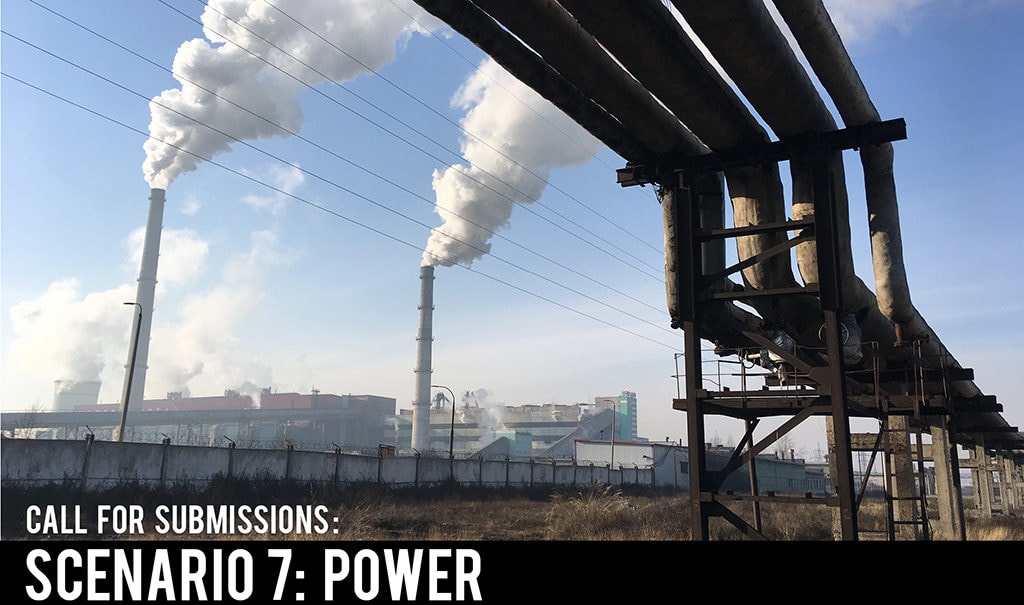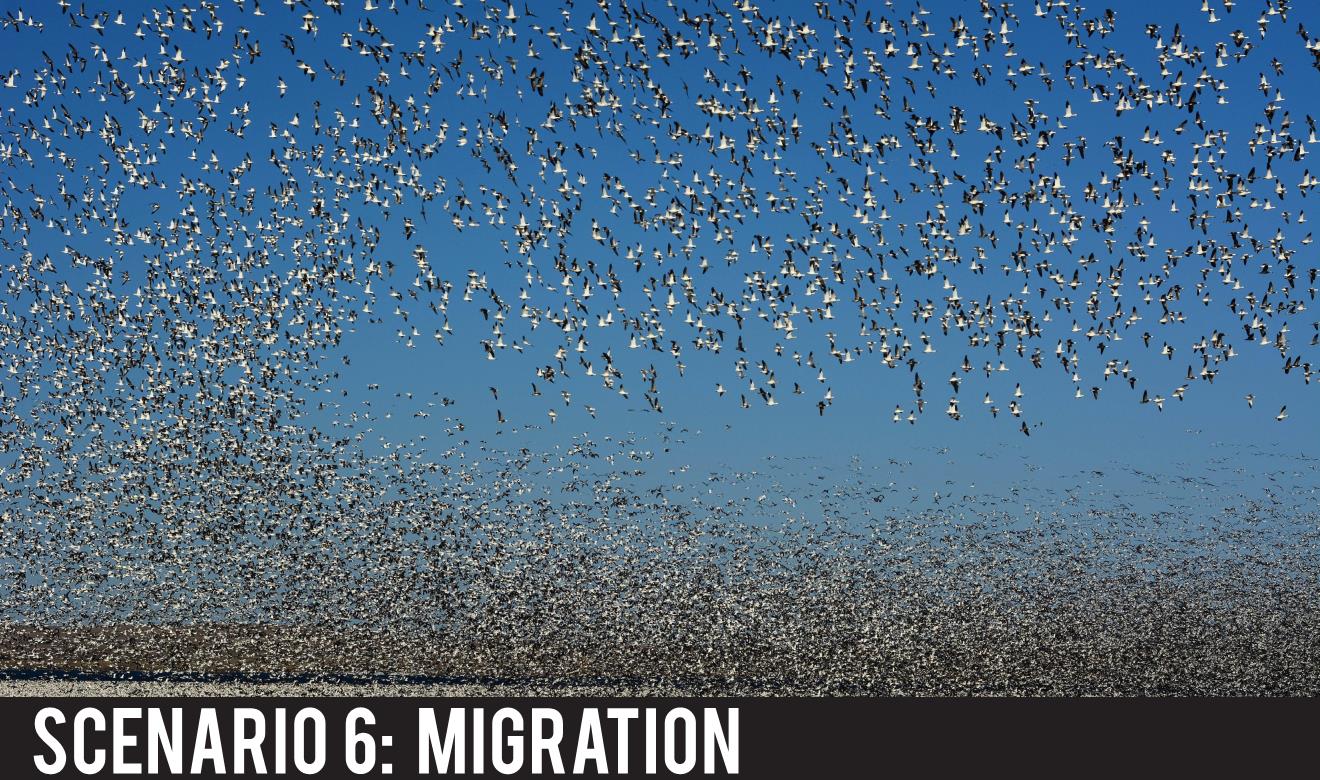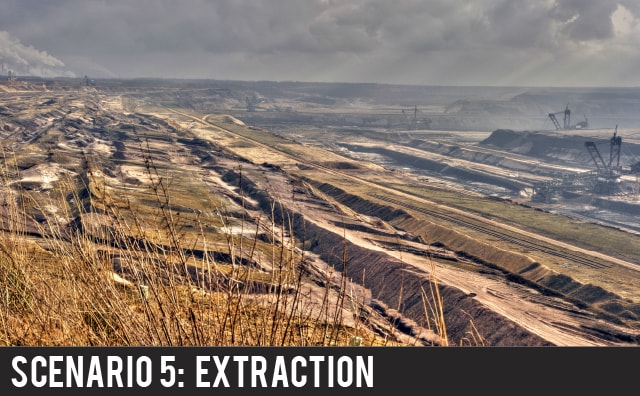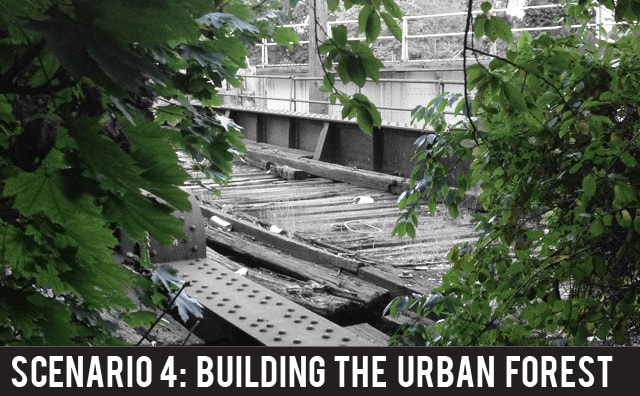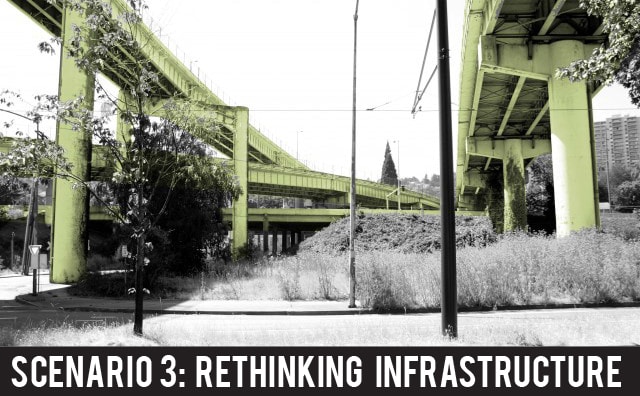Scenario Journal welcomes your thoughts and contributions in a range of formats and media: critical essays, op-eds, interviews, photo or video essays, projects and provocations. Please note that while we strive to read and respond to all submissions, our resources are limited and we have a small editorial staff committed to reviewing all pieces. We are not presently a peer-reviewed publication.
Scenario Journal is a thematic, curated publication. Each issue explores a topic from a range of perspectives and disciplinary positions. We are not currently accepting submissions for our next feature issue, as we are taking a break to reflect on the what we’ve achieved these last nine years and plan for the future. 2020 has been a tough year, has it not? Stay tuned for future announcements and calls.
Submission Requirements
- Design projects and photo essays should have a clear and focused text no longer than 1000 words, accompanied by 10-15 images.
- Article-based submissions should be no longer than 2500 words.
- We prefer to receive submissions as Microsoft Word documents with images embedded with the text. All sources and citations should be clearly indicated and included as footnotes or endnotes according to the Chicago Manual of Style.
- Send submissions to mail@scenariojournal.com, with ‘Submission′ in the subject line. Submissions will be reviewed on a rolling basis.
- Please alert us if work has been previously published or if it has been submitted simultaneously to another publication.
Scenario is not currently accepting submissions of design projects to be featured on the Strategies section of the site. If you are interested in submitting a project or design proposal, please send an inquiry or submission to mail@scenariojournal.com, with ‘Project′ in the subject line. Projects should consist of a text description no longer than 1000 words and 6-10 images.
PREVIOUS CALLS
Published: Winter 2019
Addressing climate change will require a wholesale reimagining of society and economy. It is a design challenge of unparalleled scale and scope, demanding that we rethink how we produce energy, build cities, grow food, manage land, and transform labor. This, of course, is not just a conversation about energy infrastructure or carbon pricing.
Infrastructure is always political, and energy transitions have always been contested, pitting established players against upstart technologies and new coalitions. The effects on communities are similarly uneven, resulting in unequal access to economic opportunity, to decision-making, and to environmental harm. How can a radical reimagining of energy infrastructure create opportunities for an inclusive and participatory conversation about climate change and social justice? Who has the power to talk about infrastructure, and who gets left out? Can designers play a meaningful role in amplifying diverse voices and generating nuanced proposals for a more socially and environmentally just future?
Of course, the design community has its own issues with power, inclusivity, and equity. Can designers hope to participate in this conversation if we don’t address our own problematic relationship to power?
SCENARIO 7 welcomes the submission of critical essays, provocations, and design projects that explore the relationship between climate action, energy infrastructure, and social justice
This issue of Scenario Journal was made possible by the support of the Kleinman Center for Energy Policy at the University of Pennsylvania.
Image (above) by Stephanie Carlisle
Published: Summer 2017
Populations move. Plants disperse genes by way of seeds and pollen; wetlands accrete and erode; animals forage, mate, roam. Humans leave their homes in search of work, land, education, safety, and opportunity. Migration is a process by which organisms track resources, discover, and escape. The patterns of migration reflect spatial and temporal changes in the landscape. Species also shape the environment as they move through it.
The design of our cities can facilitate or inhibit migration. All interventions in the built environment have cascading effects across the ecosystem. Patterns of movement rely on complex networks of relationships and drivers that can easily be disturbed, or enhanced, by a dam, a highway, a border fence, a subdivision, a grove of trees, a feral cat. How do we make sense of these relationships? Is promoting connectivity always the answer, or does it make native populations more vulnerable to invasion? Which flows do we want to encourage, and which to block? Stirred into motion by the stresses of historic planetary change, how can populations on the move keep up, and what kind of assistance can design offer?
SCENARIO 6 welcomes the submission of critical essays, provocations, and design projects that explore the relationship between migration patterns and our designed landscape. As designers, planners, politicians, and ecologists shape urban and regional landscapes, what role will the ever-shifting flow of populations play?
Image (above) by Abhijit Shylanath
Extraction sustains our society. We rely on energy to power the technology in our lives, but are disconnected from the landscapes that must be exploited in order to yield that energy. We dig and blast materials to build and repair the physical infrastructure of our cities, but rarely think about the places from which they come. As the world population becomes more urban and more spatially removed from the landscapes that supply its raw materials and energy needs, as supply chains elongate and become more globalized, our reliance on remotely extracted natural resources only continues to increase, while our relationship to the landscapes of extraction recedes ever-further from daily view.
The logistical and infrastructural connections of the city to its hinterland effectively expand the urban territory— connecting sites of extraction, transmission and consumption. How do these landscapes fit into the larger urban social, economic, and ecological systems? What meaningful connections can contemporary cities make to their extraction landscapes? How can designers, mangers, and researchers operating on these sites engage public narratives, make visible natural resource flows, and energize cultural production? How might these sites engender new ecological opportunities, experiment with new techno-landscapes, and jump-start new possibilities for settlement? How do landscapes of extraction bridge the spatial disconnect between city and hinterland?
Scenario 5: Extraction welcomes the submission of critical essays, provocations, and design projects that explore the role, reality, and potential offered by landscapes of extraction.
Image (above): Open coal mine Garzweiler by Bert Kaufmann
Published: Spring 2014
The forest carries deep cultural significance. Within the urban landscape, this ecologically complex, spatially layered, dynamic system is also understood to perform a wide range of essential ecosystem services, from increasing property values to mitigating climate change. Reforesting cities is one of the defining trends of twenty first century urbanism, but there is little agreement about how our urban forests are to be designed, planned and managed.
As arborists, parks departments, landscape architects, planners and community groups engage in the reforesting of cities, how are they collectively shaping the urban landscape? How do we quantify the benefits of urban forests? Where should we focus our attention and effort — streetscapes, backyards, vacant lots, woodlots, parks, highway medians or large remnant tracts? What hybrid ecosystems are yet to be designed? How many trees are enough? A million? What makes a forest urban?
Published: Spring 2013
Infrastructure underlies and shapes urban growth, yet for the most part exists outside the realm of design discussions, tucked below ground or hiding in plain sight. Traditional forms of public infrastructure of the last century have proved expensive and difficult to maintain. Green infrastructure, soft systems, decentralized systems, eco-engineering have all been hailed as the solution to the inability of traditional engineering approaches to solve the pressing issues of climate change, financial malaise, unemployment and failures of governance — but are they really up to the task?
As landscape advocates and practitioners argue for a more central role in the design of cities, many are starting to ask, how can a focus on landscape transform traditional conceptions of urban and regional infrastructure? Can we rethink how infrastructure of the next century is imagined and built? Rethinking infrastructure requires new design ideas and technological solutions, but it also requires a conversation about politics, economics, equity and the environment– a combination of big ideas and the details of implementation. What will it take to transform the urban landscape?
